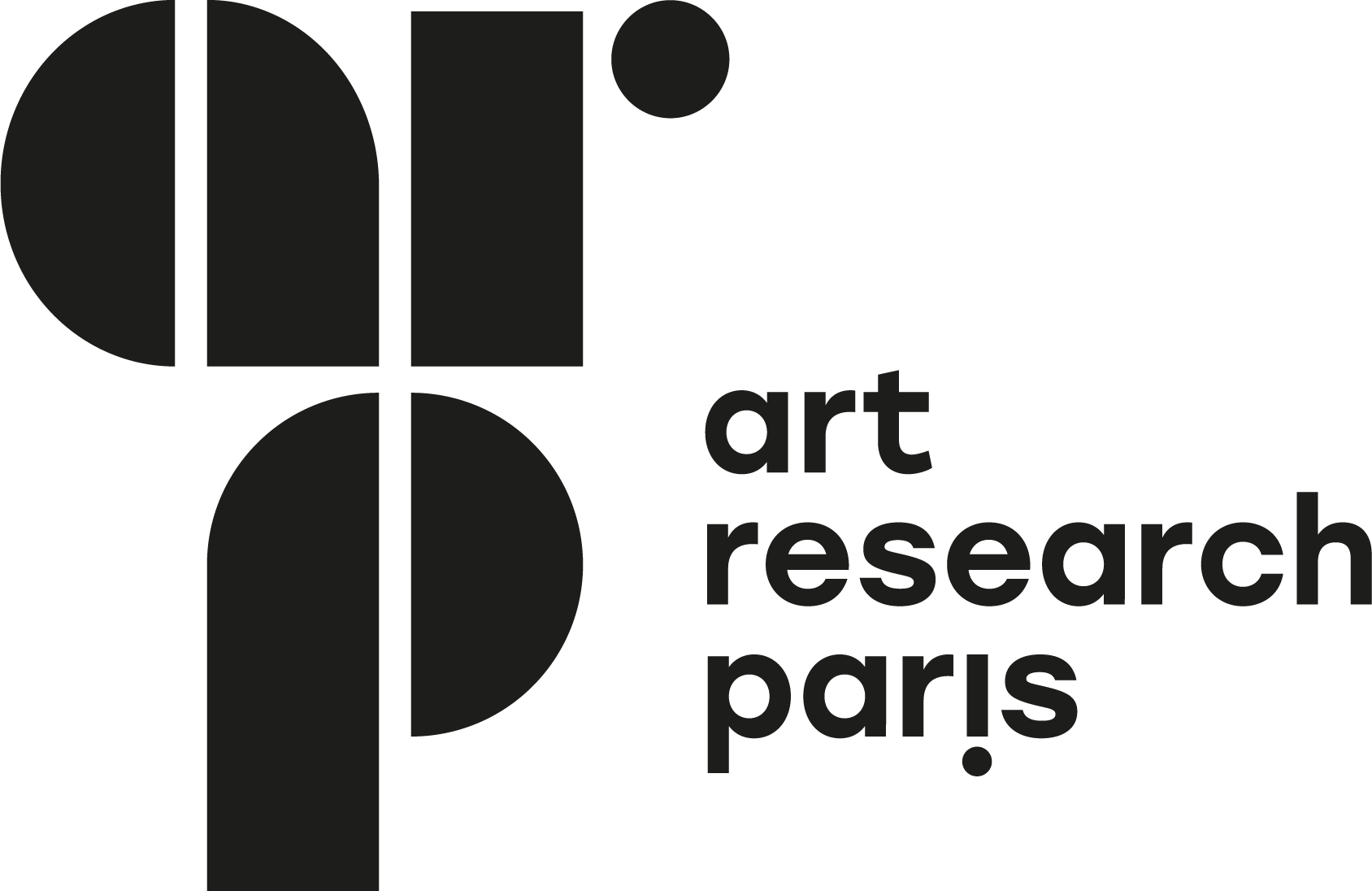Lot n° 18
Estimation :
170000 - 220000
EUR
GEORGES REMI DIT HERGÉ (1907-1983)
GEORGES REMI DIT HERGÉ (1907-1983)
Original working plates ("crayonnés") for pages 45 and 46 of
Flight 714 to Sydney, respectively on the front and back of the same sheet of drawing paper, produced in 1966.
The work plate bearing the number 46 is accompanied by a dedication written in Indian ink, signed and dated by Hergé: "7.8.71. To Hubert O'Brien, in very friendly memory".
Graphite and red pencil.Framed.
H 55 x W 36.5 cm
History
Flight 714 to Sydney was first pre-published in the newspaper Tintin from September 27, 1966 to November 28, 1967, before being published as an album by Éditions Casterman in 1968.
Provenance and condition
Private collection.Acquired at public auction in November 2013
Piece in perfect condition.
SSynopsis
22nd album in the series, published in 1968 by Éditions Casterman.
In this adventure, Tintin and his companions, Snowy, Captain Haddock and Professor Tournesol, must travel to Sydney. While in transit in Jakarta, they meet Piotr Szut, the famous airplane pilot already seen in the album Coke en stock, who this time is the pilot of the billionaire Laszlo Carreidas, inspired by the wealthy aircraft manufacturer Marcel Dassault, nicknamed in the album the man who never laughs.
Invited to travel in Laszlo Carreidas's private plane, which is hijacked by the crew in the pay of Rastapopoulos, our group of travelers lands on the volcanic island of Pulau-pulau Bompa to force Laszlo Carreidas to divulge his bank codes.
After many adventures, our travelers manage to escape, guided by a mysterious intuition of Tintin's, due to Mik Ezdanitoff's telepathic waves. They make their way through an ancient temple concealing a secret passageway opened by an idol with alien features, whose mechanism imprisons Laszlo Carreidas' hat, guiding the pursuers.
The pursuers dynamite the newly-closed passage, causing the volcano beneath them to awaken.
Our two pencils are set at this point in the action, shortly before our protagonists are rescued by aliens.
Sheet 45
This shows the meeting between our protagonists and Mik Ezdanitoff (here called Jacques Gerbier, inspired by Planète magazine co-founder Jacques Bergier, who specialized in paranormal phenomena), who explains that he is the source of the telepathic waves and can save them with the help of extraterrestrials, under the wrath of a dubious Captain Haddock. Our heroes are widely represented: Tintin 12 times, Haddock 14 times, Tournesol 1 time, Snowy 2 times.
Numerous annotations in the margins show us both name searches concerning Gerbier and studies of boxes and drawings not published in the album.
Plate 46
As Laszlo Carreidas is shocked to realize that he has lost his hat, Jacques Gerbier telepathically produces an immaterial hat for him, creating a paradoxical situation that brings an unexpected smile to the billionaire character's face.
This gag featuring Laszlo Carreidas and his Bross and Clackwell hat is one of the story's most famous moments. Our heroes are well represented, Tintin 3 times, Haddock 3 times.
In the margin, various drawings, sketches and essays further illustrate Hergé's power of proposal.
Dialogues and graphic details
The many dialogues and arguments once again demonstrate Hergé's foresight, illustrating the possibilities for human freedom from planet Earth. After Objectif Lune, published in 1953, and On a marché sur la lune, published in 1954, it's telepathic waves and the intervention of extraterrestrials that help our heroes.
It should be noted that certain changes were made when the album was published:
page 45: at the top of the pencil sketch appears the name "Korsakoff", which is replaced by Mik Ezdanitoff in the album; he also appears in box 2 of the pencil sketch as Jacques Gerbier, and not as Mik Ezdanitoff as in the album; box 4 is not at all the same, nor are boxes 6, 8 and 9; the upper half-box 12 of the pencil sketch corresponds to box 10 in the album; then from the lower half-box of box 12 of the pencil sketch, nothing corresponds.
page 46: the top half-square of the crayon is missing in the album; the top half-square no. 8 is not the same; the drawings below the bottom half-square line of the crayon do not appear in the album.
My orders
Sale information
Sales conditions
Return to catalogue


